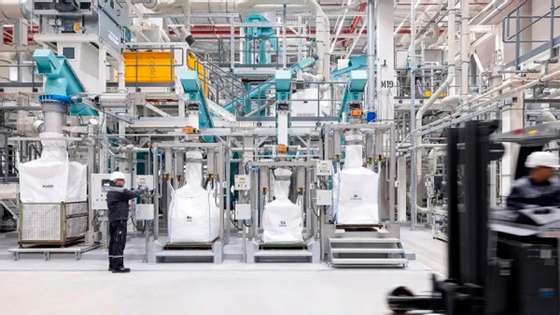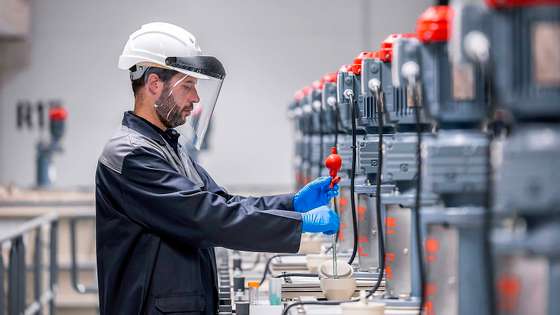Batteries remain by far the most expensive part of an electric vehicle, although the cost per kWh of capacity has been falling steadily. Not only is the manufacturing process complex, but the materials used, all metals, are expensive in the mining products market. This makes the cheapest solution to access lithium, cobalt, nickel and manganese to manufacture new batteries is to recycle the old ones and recover these metals, with Mercedes being the last manufacturer to resort to this way of obtaining the materials it needs.even if this involves a significant investment in recycling facilities.
Mercedes, which already has numerous facilities around the world dedicated to the manufacturing of automobiles and parts, debuted its First factory to deconstruct batteries.. The process is far from being simple or cheapbecause being located on European soil, also in a country with so many environmental concerns, It requires careful treatment of the gases resulting from recycling..
Recycling a battery begins by completely discharging it, before crushing it into powder. It is after the different materials are separated and the metals are recovered that are used to manufacture new batteries. Mercedes claims for its recycling plant a low-temperature hydrometallurgical process (80ºC), which also involves dissolution in several stages of a chemical process. With this, the brand manages to recover the metals that it will use to produce the electrodes (anode and cathode) of the new cells, which are the most expensive part of a battery.

besides wanting recycle 2500 tons of batteriesthat plans to extract the metals necessary to manufacture 50,000 new batteries (far from the 222,000 trams it sold in 2023), Mercedes also claims for the Kuppenheim factory the ability to recover what it calls “black mass”, a technical term associated with the production of batteries and which refers to a considerable part (40 % up to 50% of the total weight of the accumulator) of the materials created by shredding the battery, once the lower value components, such as plastics, aluminum, electrolyte and copper, have been eliminated. HE black mass Its dark color is due to the fact that it mainly contains graphite, the material used in large quantities in the production of electrodes.
Source: Observadora
